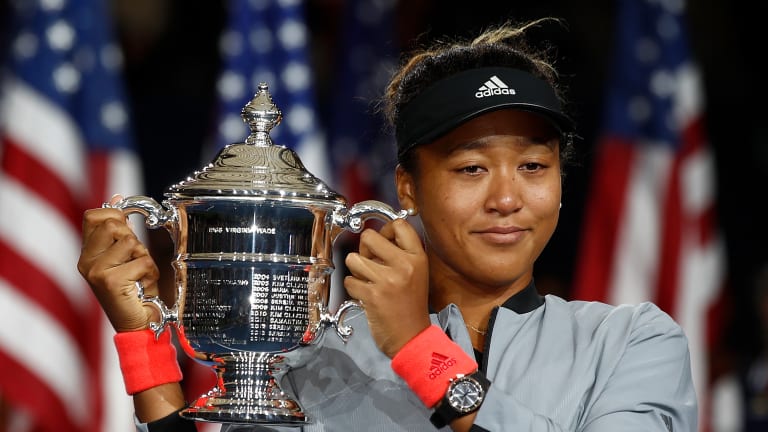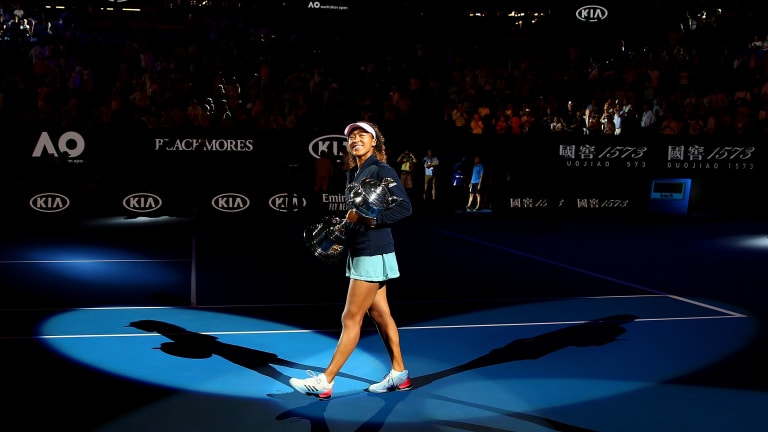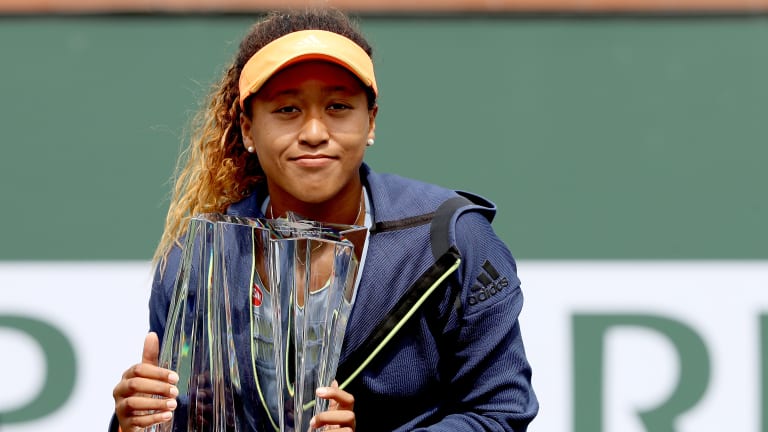Indian Wells, USA
Can Naomi Osaka make the court, and the sport, hers like Serena has?
By Mar 06, 2019Indian Wells, USA
Carlos Alcaraz and Iga Swiatek reset with Indian Wells wins, as rivals endure their own slip-ups
By Mar 18, 2024Indian Wells, USA
Carlos Alcaraz defeats Daniil Medvedev to defend his Indian Wells title, Iga Swiatek beats Maria Sakkari for women's title
By Mar 17, 2024Indian Wells, USA
Carlos Alcaraz wins second straight Indian Wells title with victory over Medvedev in final
By Mar 17, 2024Indian Wells, USA
From the yellow ball to the crystal ball: What's in store for the future of the BNP Paribas Open?
By Mar 17, 2024Indian Wells, USA
Iga Swiatek beats Maria Sakkari again in BNP Paribas Open final
By Mar 17, 2024Indian Wells, USA
Top 5 Indian Wells Finals, No. 1: Serena Williams d. Steffi Graf, 1999
By Mar 17, 2024Indian Wells, USA
2024 BNP Paribas Open men’s final preview: Carlos Alcaraz vs. Daniil Medvedev
By Mar 17, 2024Indian Wells, USA
Top 5 Indian Wells Finals, No. 2: Rafael Nadal d. Juan Martin del Potro, 2013
By Mar 17, 2024Indian Wells, USA
Who Will Win: Carlos Alcaraz or Daniil Medvedev, 2024 Indian Wells men's final
By Mar 17, 2024Indian Wells, USA
Can Naomi Osaka make the court, and the sport, hers like Serena has?
After winning her first title last year at Indian Wells, the 21-year old beat her idol on tennis' biggest stage—and backed it up with another Slam.
Published Mar 06, 2019
Advertising

Can Naomi Osaka make the court, and the sport, hers like Serena has?
© 2018 Getty Images
Advertising

Can Naomi Osaka make the court, and the sport, hers like Serena has?
© 2018 Getty Images
Advertising

Can Naomi Osaka make the court, and the sport, hers like Serena has?
© 2019 Getty Images
Advertising

Can Naomi Osaka make the court, and the sport, hers like Serena has?
© Getty Images for Tennis Australi
Advertising

Can Naomi Osaka make the court, and the sport, hers like Serena has?
© 2018 Getty Images
Advertising

Can Naomi Osaka make the court, and the sport, hers like Serena has?